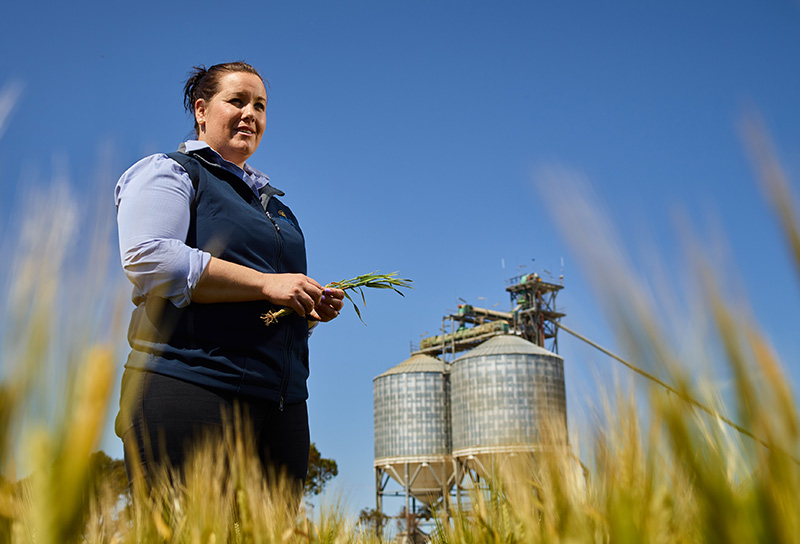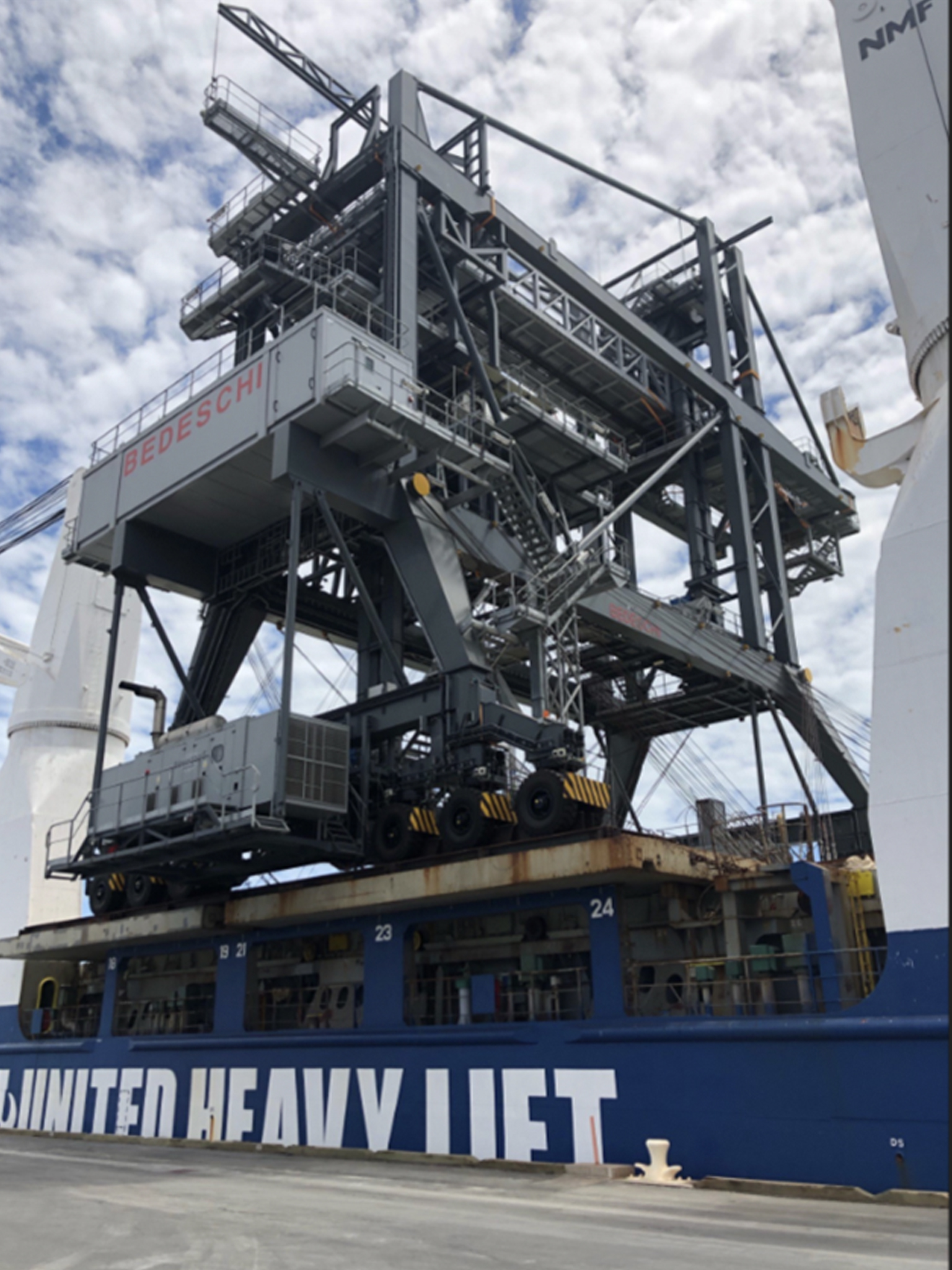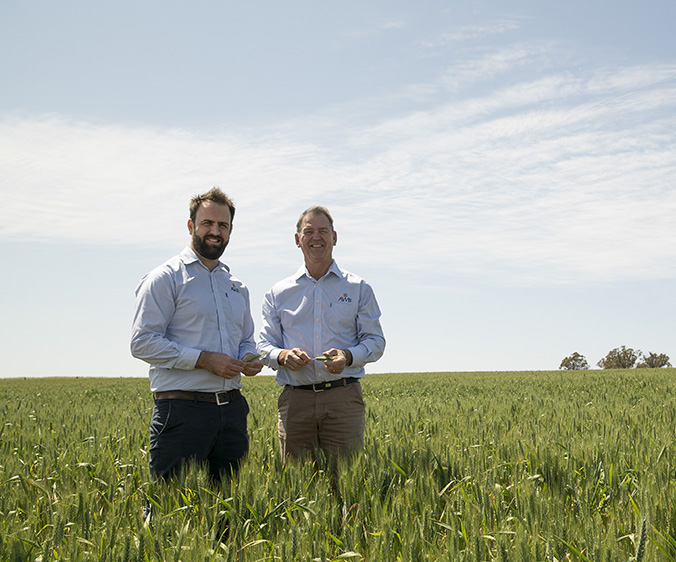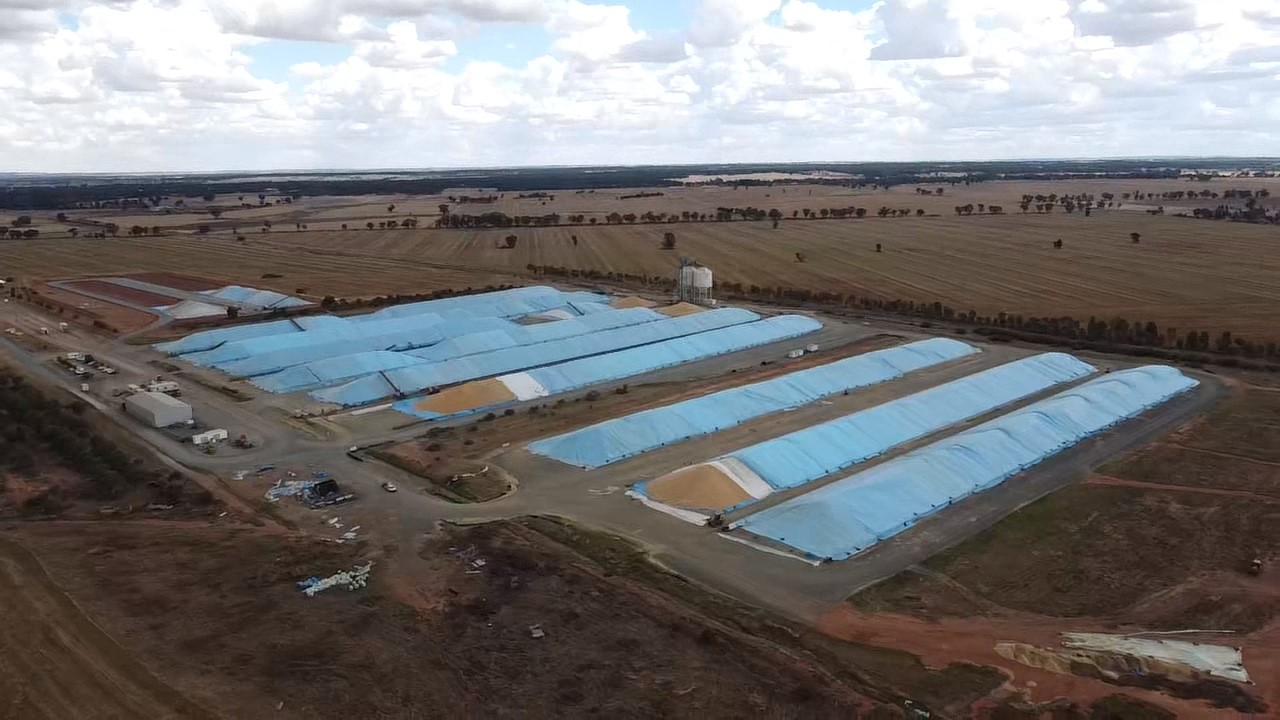Focus turns to moving grain in early 2021
The 2020/21 harvest has been littered with delays due to rain events and fire ban days however just prior to Christmas, bulk handlers were reporting the largest ever receivals through their storages and with some NSW farmers in the southern regions still expected to harvest into the early parts of 2021, the numbers will only get bigger.
While deliveries continued right through the Christmas period, there’s finally an end in sight after a fantastic production year for nearly all cropping communities in NSW.
The big task at hand is now to move all this stored grain before the next harvest comes online, and what a mammoth task it will be. If you think back to the start of 2020, grain storages across the East Coast were empty thanks to a 3-year drought, and in one season they have all been filled to the brim.
If you add all the grain in the central storage network to grain stored in silos, sheds, and down every rabbit hole farmers could find, the task of moving it all is a significant one when considering the timeline. Harvest starts again in 9 months for QLD, and 10 months in most other states.
So, what happens if we have grain production as big (or bigger), than 2020?
Inevitably, we will have to store some grain produced through to the next marketing year, which means less space available for deliveries this year. These are the questions we need to think about as we navigate through the many different challenges we face in 2021.
The first task at hand for many NSW farmers is executing their grain stocks on farm that aren’t in permanent storage (e.g. silo bags or sheds). For most, this sales plan will have started in earnest last year, so as not to be at the mercy of the volume of sales expected in the first quarter of the 2021.
Then the planting window begins for many through the March/April/May period, and we must decide what rotational crops are going to be planted this year. All dependent on the paddock history, rainfall received, and the pricing outlook. Many will have already decided rotations, with only few paddock changes required.
Thirdly, those looking to move their on-farm production over these few months will need to juggle this around getting the crop in the ground. Another question to consider is how many staff will be required to plant the crop (on time), and outload grain from bags, sheds or silos as your marketing plan dictates.
Once you have got your crop planted, it needs to be sprayed and fertilised. Can this all occur at the same time you’ve got to move your sold grain as well?
Farmers have always been good at juggling; they have done it for years. But 2020 has seen an immense amount of grain produced, and with so many unforeseeable hurdles, now more than ever, having a plan and executing it should set a good base for success.
SA Market Wrap - December

As harvest slowly starts to wind down, it was great to see the drama field year that was 2020 end on a positive note.
Read MoreBig exports puts the Australian supply chain to the test

Australia’s export infrastructure is facing one of its greatest tests with a near record crop on the East Coast and surging demand for Australian grain around the world.
Read MoreWA Market Wrap - December

With the 2020 harvest quickly drawing to a close, the surprises for the year have kept coming, albeit this time for most its certainly been an agreeable one with yields undoubtedly better than expected in most cases.
Read MoreMaking mountains at West Wyalong

Before harvest, site supervisor at Cargill’s GrainFlow site at West Wyalong, Alan Cooper, bought a drone with aerial photography. It turned out to be a canny purchase allowing Alan to capture one of the most memorable harvests in recent memory.
Read More